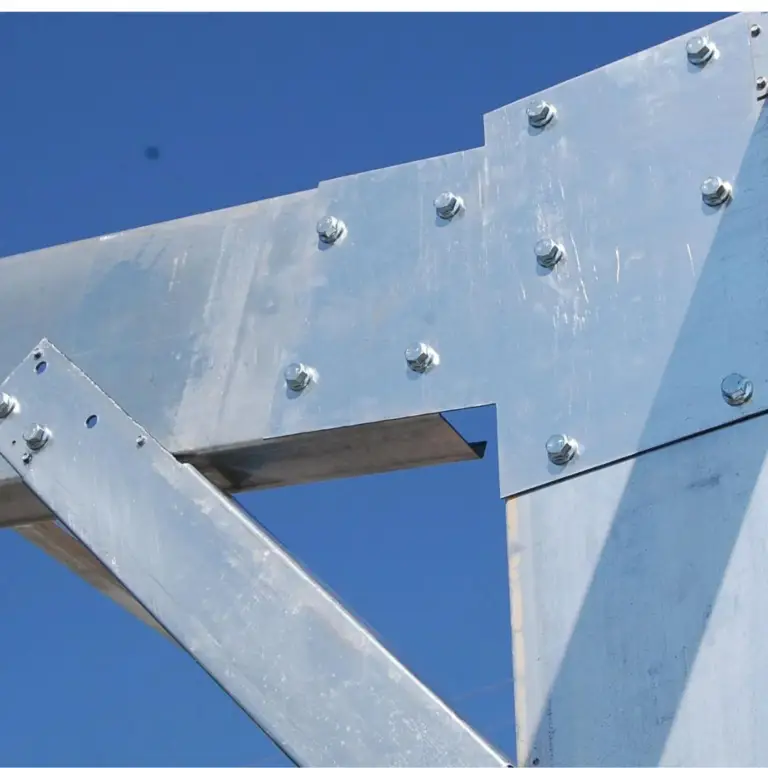

ColdForm Pros
ColdForm Cons
Usage Recommendations
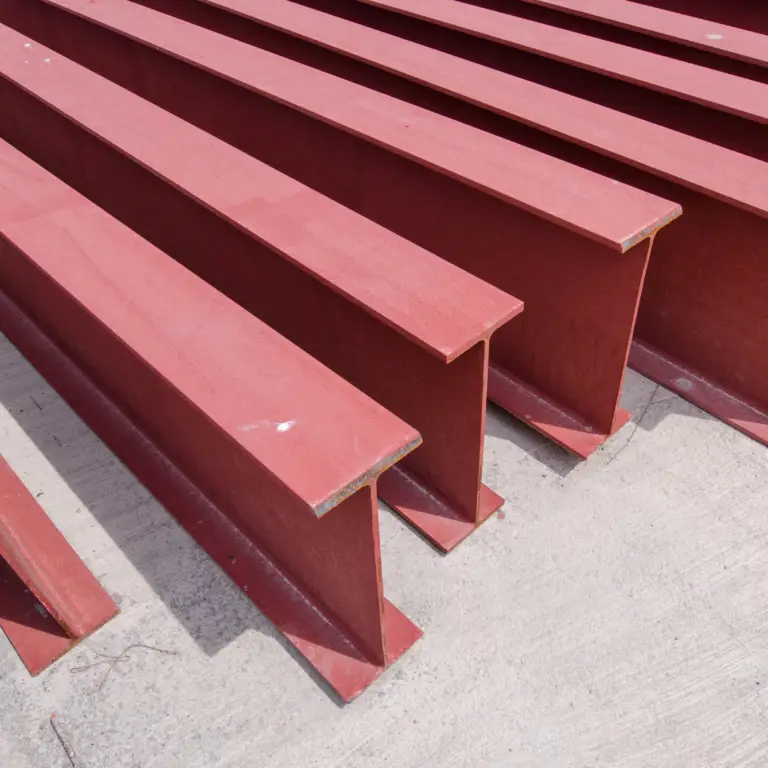

Red Iron Pros
Red Iron Cons
Our Recommended Red Iron Uses


Versatube Pros
Versatube Cons
Usage Recommendations
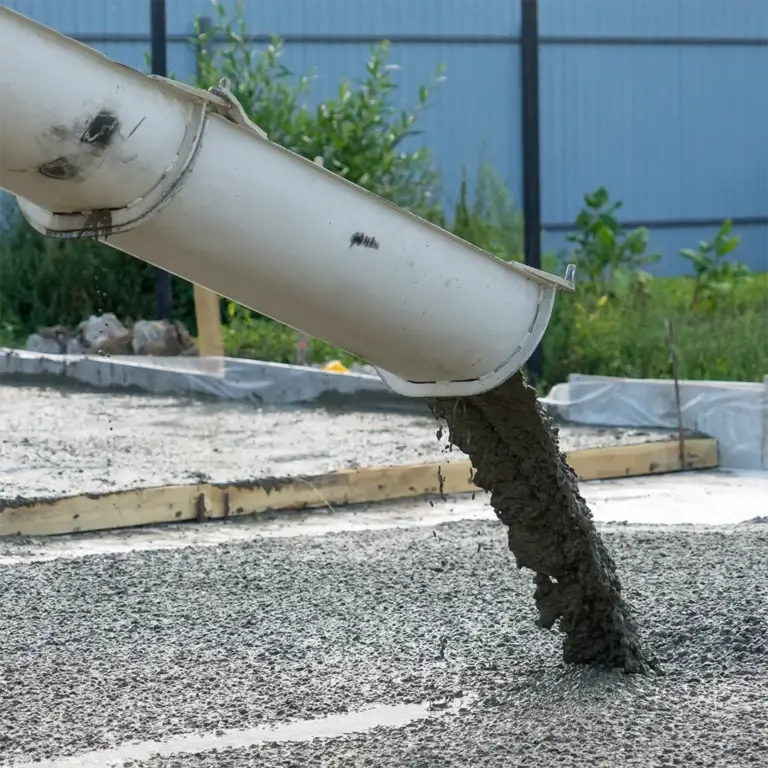

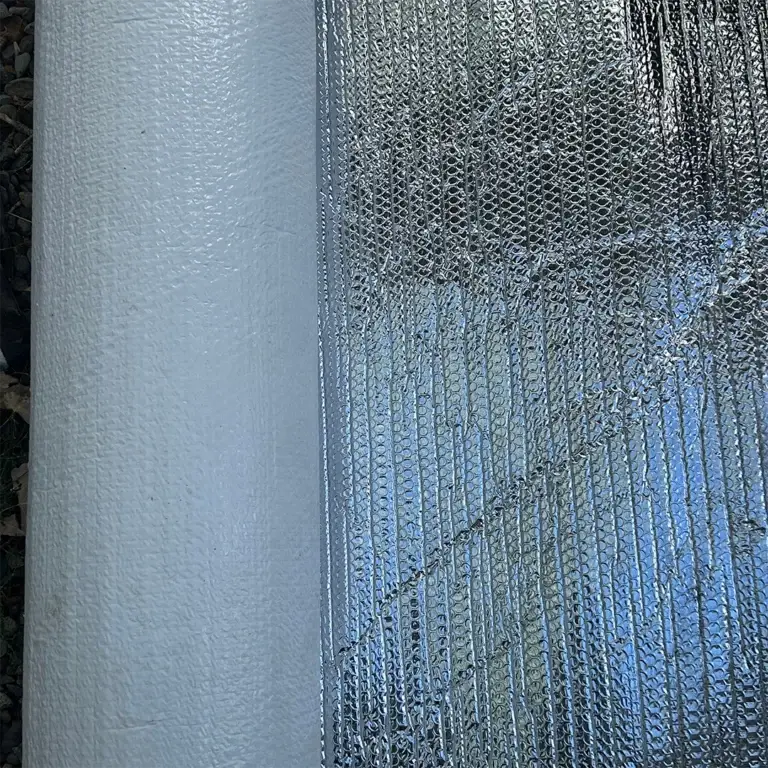

Eco-Foil Pros
Eco-Foil Cons
Our recommended Eco-Foil use


Fiberglass Pros
Fiberglass Cons
Our recommended fiberglass use
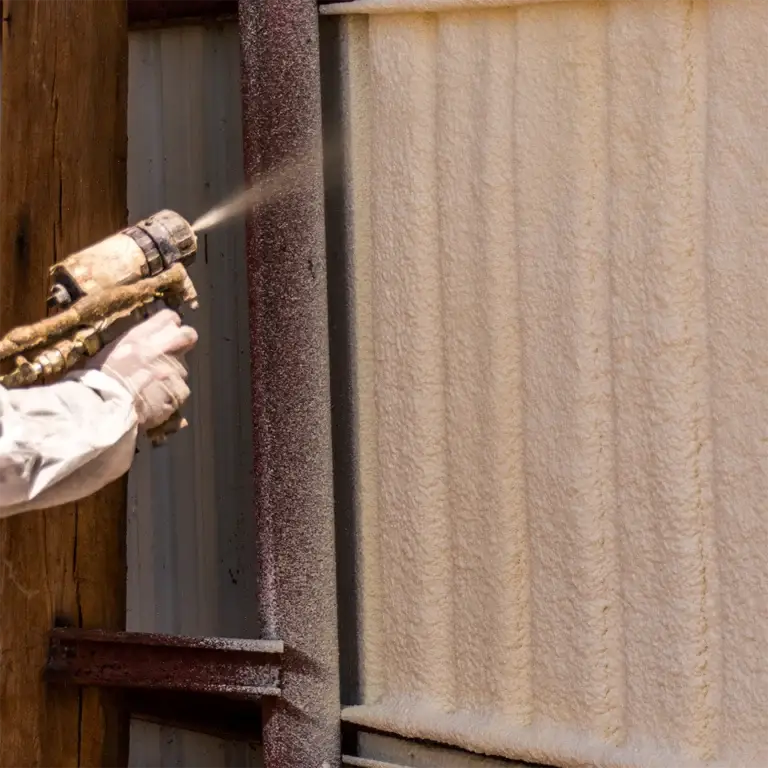

Spray foam pros
Spray foam cons
Our recommended spray foam use
